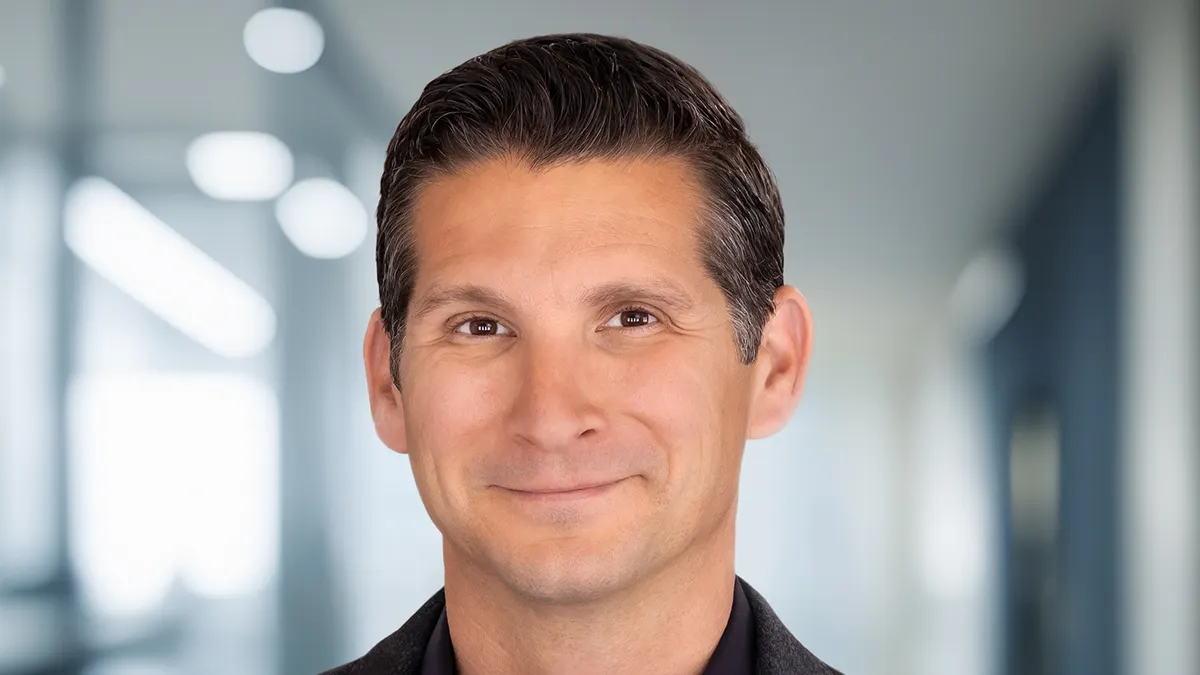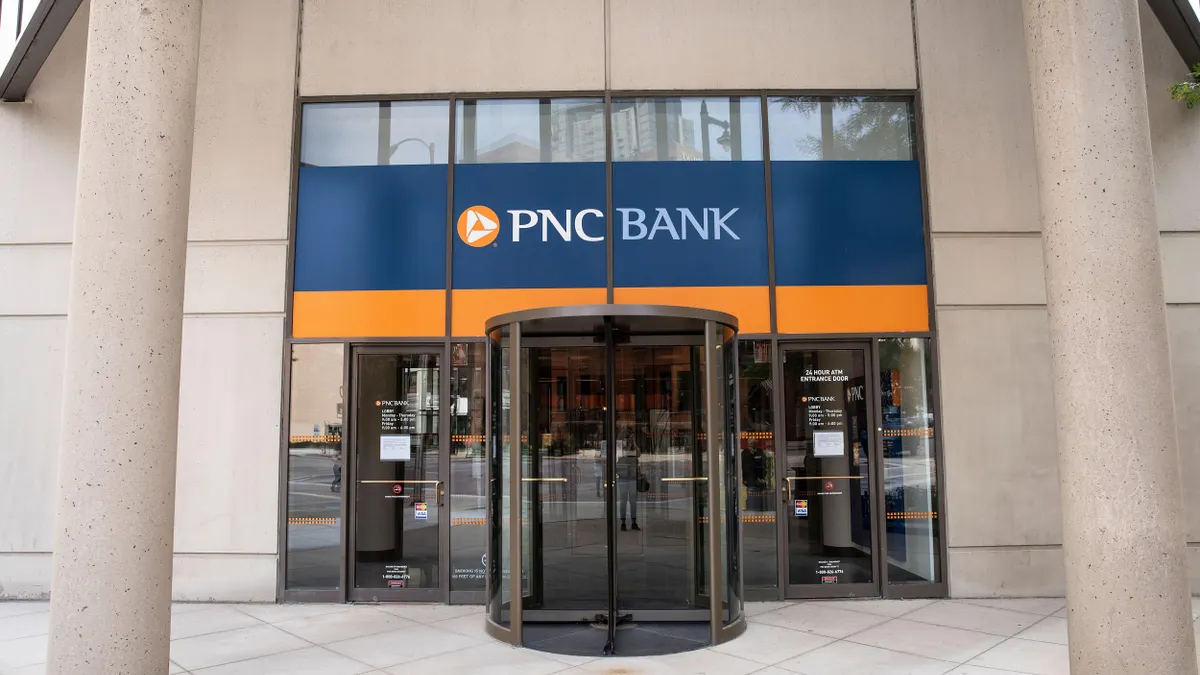Doing more for affluent clients is a top growth opportunity Wells Fargo is eyeing to bolster profitability in the bank’s consumer segment, executives said recently.
To do that, the lender is working to provide those customers with a more integrated and rewarding experience, said Jamie Reed, head of affluent and premier banking at Wells.
Late last month, the bank rolled out enhanced benefits for its premier checking clients, rewarding customers who do more with the bank. Those features include exclusive credit card bonus offers, home mortgage benefits in the form of discounted closing costs or lower rates, and fee waivers on certain business accounts.
Premier was launched in 2022, tying together banking, lending and investing services for affluent clients. Premier customers are classified as those with between $250,000 and $10 million in deposits and investments with the lender.
It’s a client segment where the bank sees an opportunity to do more, after being freed from the $1.95 trillion asset cap under which Wells operated for about seven years.
“There’s millions of those customers that probably have something like $6 [trillion to] $8 trillion held away from us that we think we can go after and help manage,” Wells Fargo CFO Mike Santomassimo said during a Nov. 6 conference appearance.
The bank’s wealth segment was “very much impacted by some of the reputational issues the company had,” the CFO said at the BancAnalysts Association of Boston conference. Advisers are mobile and can take their business with them, and Wells saw “increased attrition happen for a number of years.”
That’s changed, Santomassimo said, as the bank’s regulatory issues have been addressed and Wells has invested in the capabilities advisers are armed with. A bank spokesperson didn’t immediately respond to a question on such investments.
San Francisco-based Wells Fargo has a couple thousand advisers spread across about half of the bank’s branch footprint, Santomassimo said. The addition of talent and a sharper management focus on premier has started to pay off, he noted.
“When we do a good job on the investment side for those customers, the data would say they bring something like 50% more deposits and lending business to us as well,” Santomassimo said, creating a “virtuous cycle” for the bank.
Wells CEO Charlie Scharf recently pointed to “solid early traction” with premier, “which will be a key driver of better returns within consumer,” Truist Securities analyst John McDonald wrote in a Tuesday note.
When reporting third-quarter earnings last month, the bank pointed to the asset cap’s removal and noted checking account openings were up 8%, new credit card accounts rose 9% and net investment flows in premier jumped 47%, all year to date. The bank issued a medium-term target to boost return on tangible common equity to between 17% and 18%.
Affluent clients want a financial services provider that can offer advice, the right products and tools, and a high level of service, said Reed. He joined Wells about two years ago, after spending much of his career in wealth management at JPMorgan Chase, along with a stint as the national head of KeyBank’s private bank, according to his LinkedIn profile.
To be sure, a number of rivals are angling for affluent business: Bank of America, Citi and Truist are also chasing deeper ties with existing clients and have highlighted profit benefits from serving affluent and wealthy customers.
To differentiate, Wells has doubled down on efforts to integrate its products and services to better serve those clients, Reed said, leaning on its network of about 4,100 branches and its digital tools such as mobile app virtual assistant Fargo.
The $2.1 trillion-asset bank continues work “to build out our app, to leverage Fargo, and make sure that it's integrated with the branch team and everyone's aware of the communication that's happening, regardless of what channel,” he said in an interview. “We think that's going to create a higher level of service for our clients.”
Sharpening each tool in the toolkit is also crucial to meeting the desires of emerging affluent clients, who want access to advice through artificial intelligence-powered assistants or call centers, but also want access to their team of bankers and advisers, Reed noted.
“We've hired more advisers and we've hired more bankers the last couple of years,” Reed said. “That's allowed our advisers to spend more dedicated time with the branch team … making sure that we’re understanding who's coming in today and how we're servicing them.”
Reed declined to share any growth goals related to the business segment, but said hiring remains a priority. The bank didn’t respond to requests for figures around recent or projected hiring.
“We're going to continue to grow our bankers and advisers each year to ensure that we've got the right amount of people to serve these clients,” he said, adding that the bank has “a multiyear growth strategy around that.”
The bank offers an “attractive value proposition” for advisers seeking to grow their practice by partnering with one of the bank’s branch teams in their own community and leveraging the lender’s capabilities, Reed said.





















